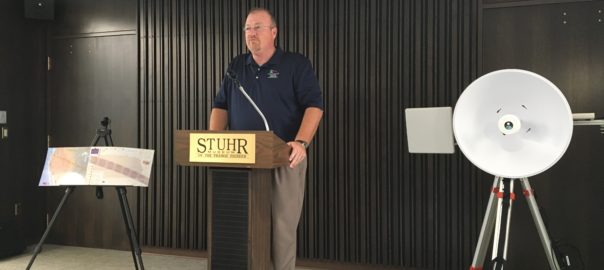One Year
It is T-minus one year and counting until the total solar eclipse that will pass across the United States on August 21, 2017.
On August 21, 2016, we were a part of a nationwide group testing of our ballooning equipment that will stream video of the eclipse while the balloon is in the air. The leaders from Montana State University requested that all of the teams turn on their Iridium modems at the designated time so they could do a “stress test” of the website and its network.
The good news is that it worked. We were able to use the archive information to see our balloon in Nebraska. The bad news is that they had too many connections so the system gave errors and was unreliable part of the time. We have been assured that they are switching servers and should not have that problem on eclipse day.
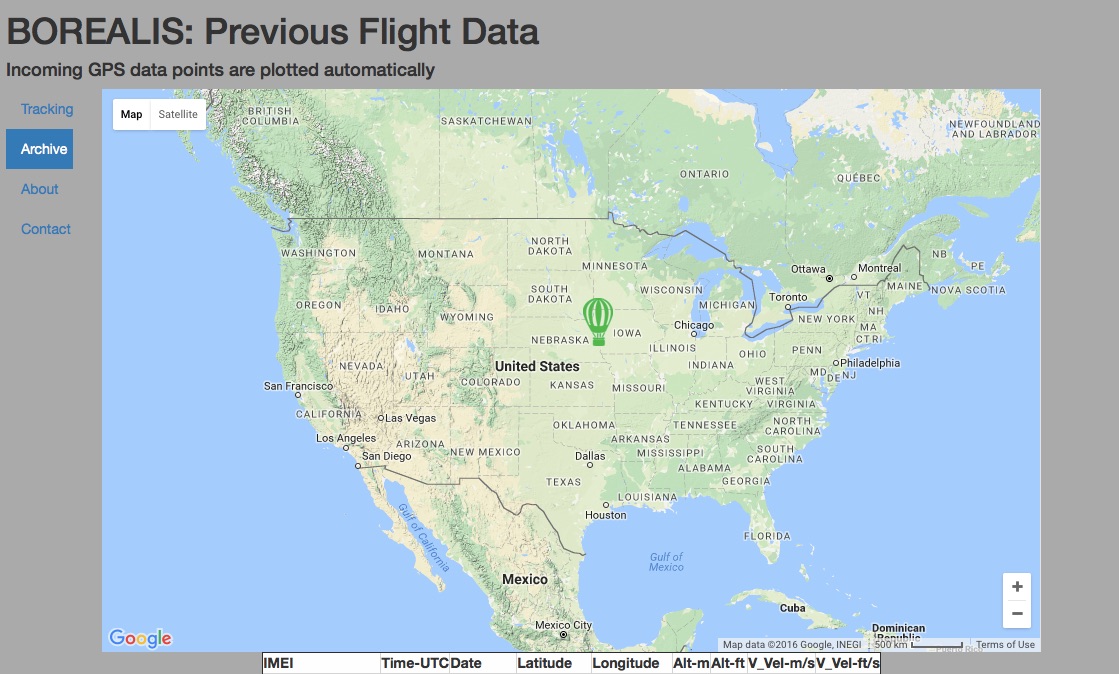
The weather was gorgeous for the “preclipse” (pre-eclipse event), the temperature was 77 degrees (unusually cool for the dog days of August), the skies were sunny, and there was no wind. If only we could be so lucky to have that kind of weather for the eclipse next year! I ran a prediction to see what the flight path would look like. If we had launched, it would have followed the path of totality of the eclipse and land about 38 miles to the east, just a little southwest of York, NE.
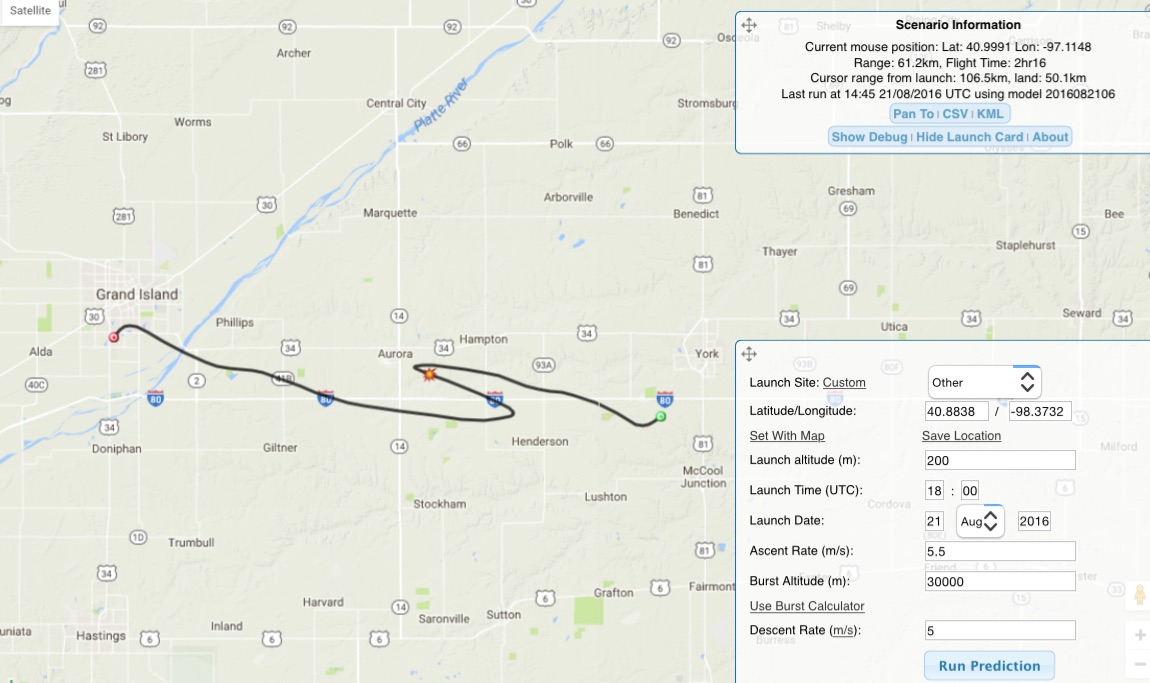
In addition to testing the Iridium modem connection, we also tested our tracking equipment and the video streaming payload. We purchased a Verizon Jet Pack to make sure that we had good internet connectivity the day of the event so we also tested the strength of that and the connection was not great at our house. We decided to use our home WiFi and set up the tracking station to see how that would work.
Everything was going well until the satellite dish started bucking like a bronco. We could hear dings from the computer as if the Micro Maestro (the small electronic device that tells the servos on the dish how to move) was being disconnected and re-connecting even though the USB connector was not being touched. I would have taken a video of it, but quite frankly, we were freaked out that it was freaking out. In the process, the connectors for the Micro Maestro got yanked and severely bent the connector pins. We were able to straighten the pins and we replaced the USB cable in case it was bad and reconnected everything and tried it again and it seemed to work fine. We might want to have a back-up Micro Maestro and USB cord in case that happens on eclipse day.
We also tested the streaming video payload and that seemed to function without incident. Here is a screenshot of our back yard from the computer.

The next step will be to test out live streaming from the computer to YouTube.
Grand Island Eclipse Press Conference
The following day (8/22/16), a press conference was held at the Stuhr Museum in Grand Island where we will be launching our balloons. It was Michael’s first day of classes at UNL and my classes do not start until after Labor Day, so went to explain our project. Here is an article from the Independent in Grand Island from that press conference which details the planned eclipse events in area.

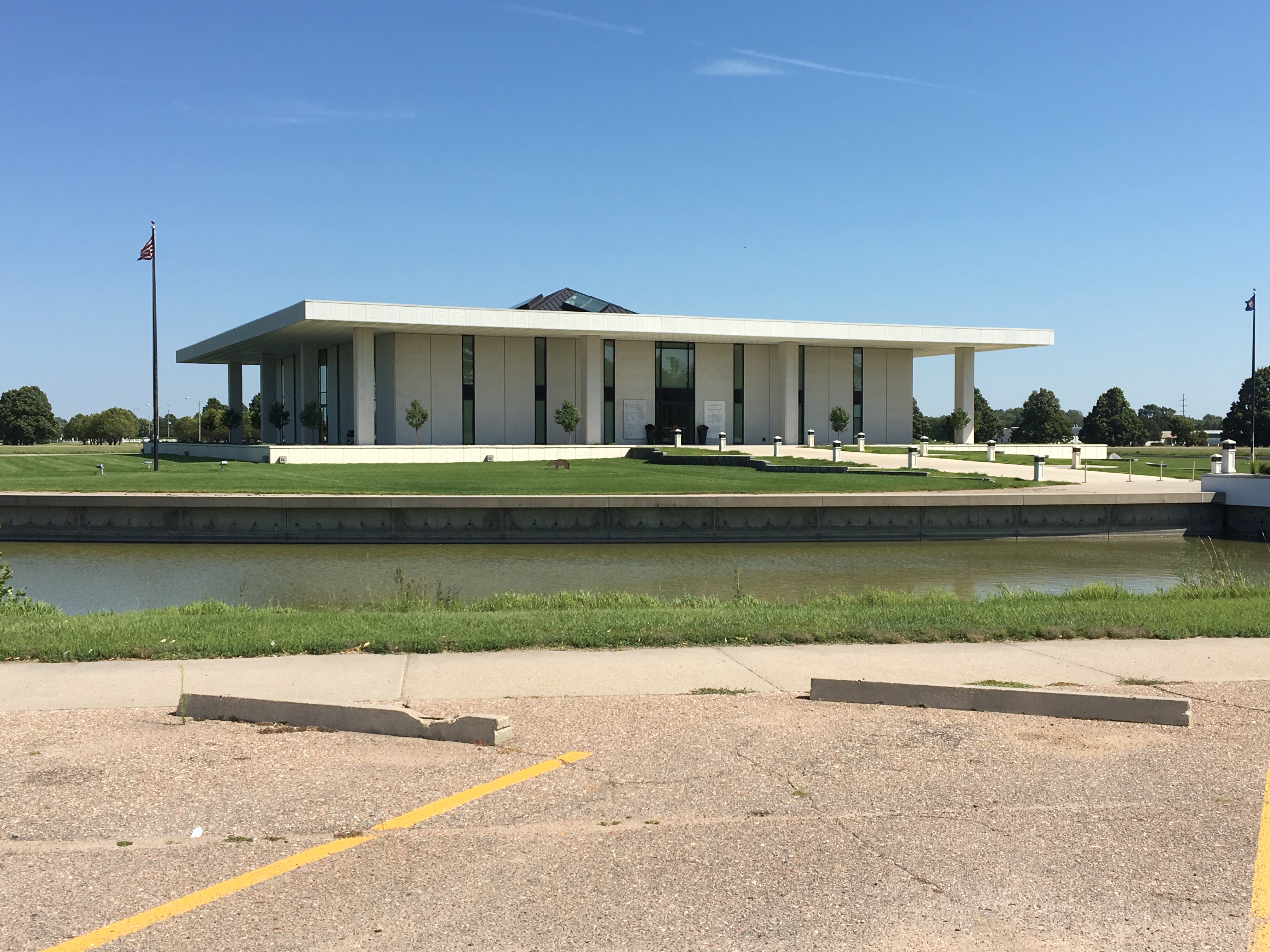
Brad Mellema from the Grand Island Visitor’s Bureau

Before I left, I drove to the observing field where they plan to have the activities. They have lots of wide open space for thousands of visitors on the day.
I tested the Verizon Jet Pack connection as well as the Hot Spot on my iPhone and both were receiving strong signals on the computer. As an additional backup, they plan to have a secure connection of the museum’s WiFi in a nearby building.
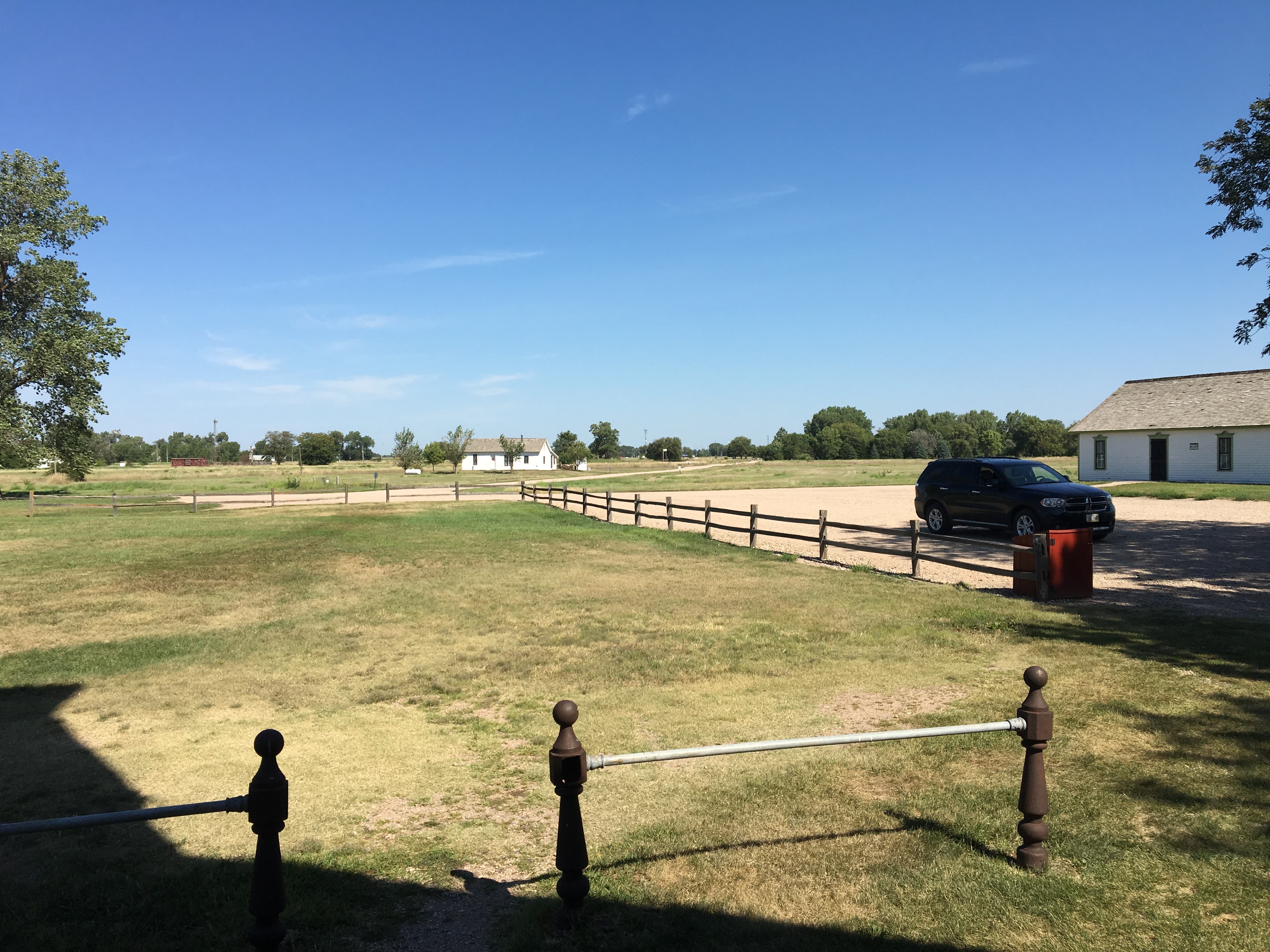
No one knows how many people will be in attendance for the eclipse and no one knows if the weather will cooperate, but there is a 70-75% chance of favorable conditions in Nebraska to see the eclipse based on prior meteorological data. However, even if it is cloudy, we should still be able to see the eclipse from our video feed once the balloon is above the clouds.
We still have a lot of testing to do. We are planning a tethered flight – filling the balloon, but securing it with a tether rather than letting it fly free – as well as a couple of regular test flights including one from the Stuhr Museum.
I hope you are making your plans to be in the path of totality if at all possible. It is sure to be a life-altering experience for all those who attend.
